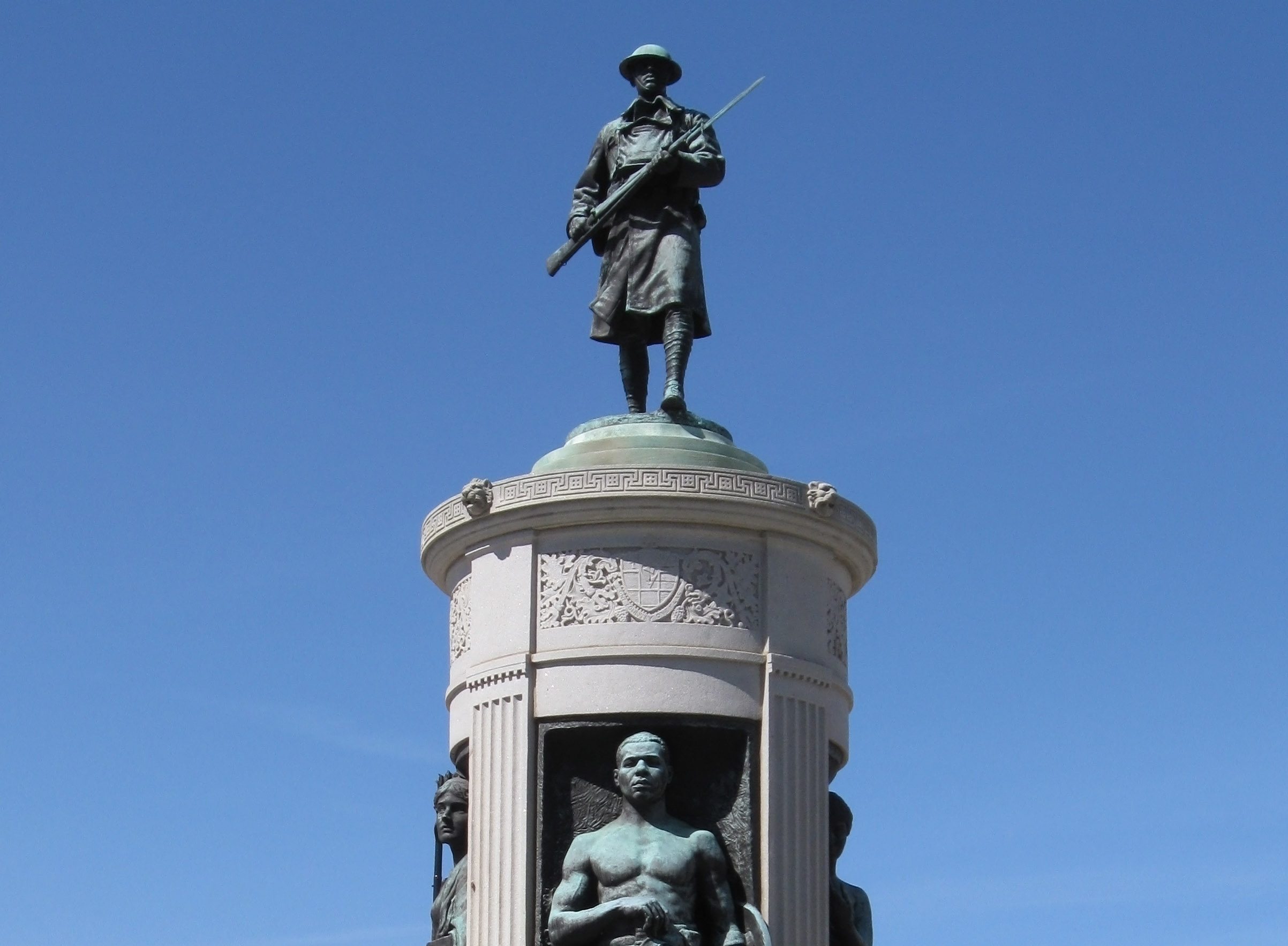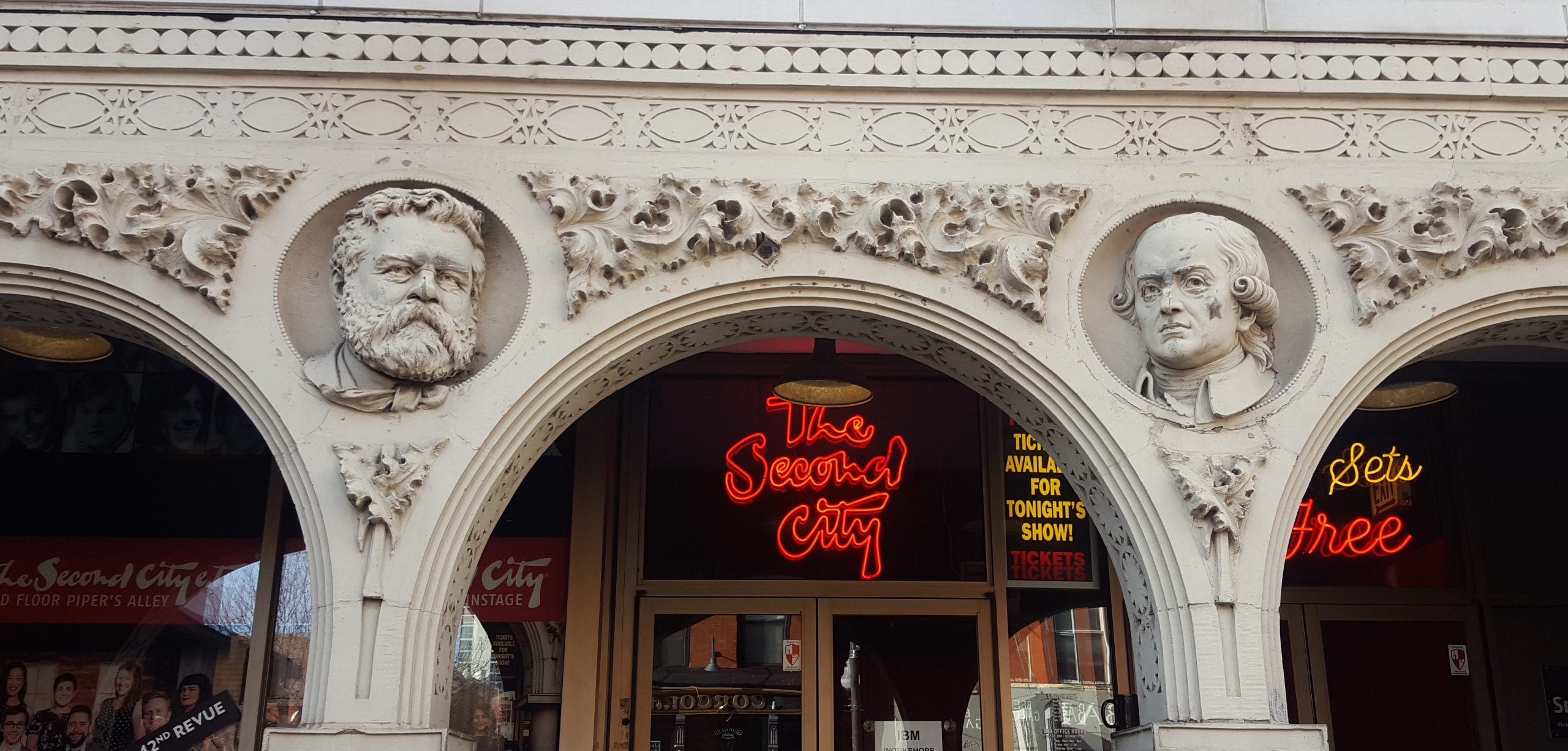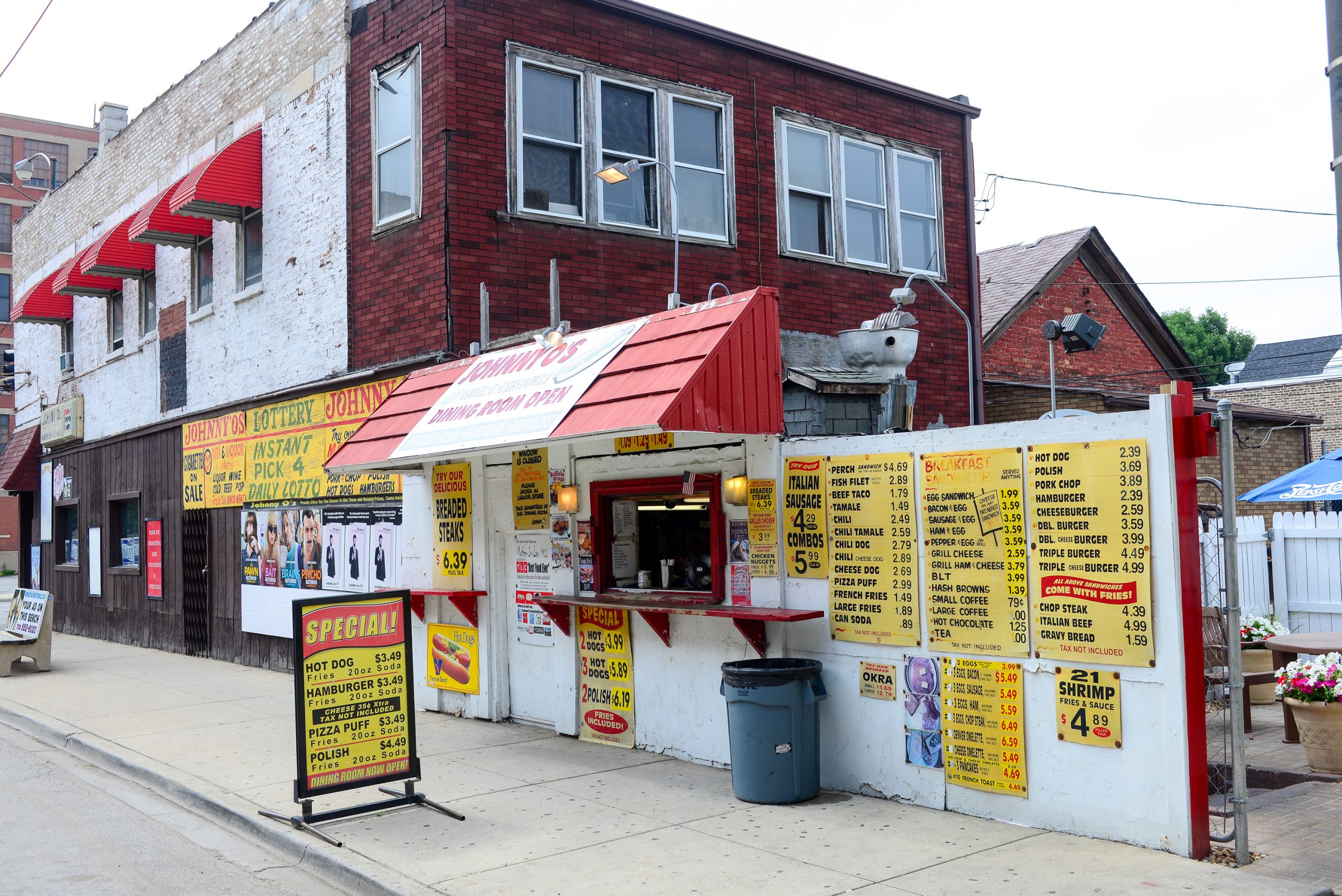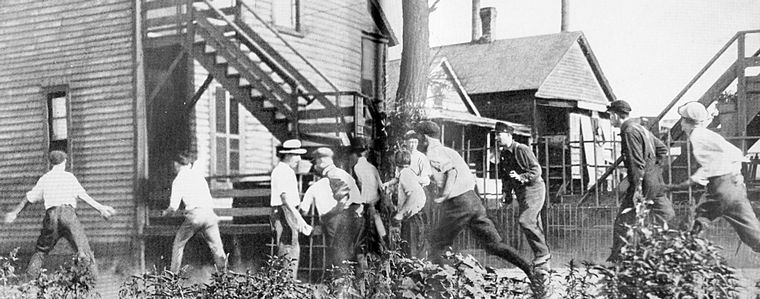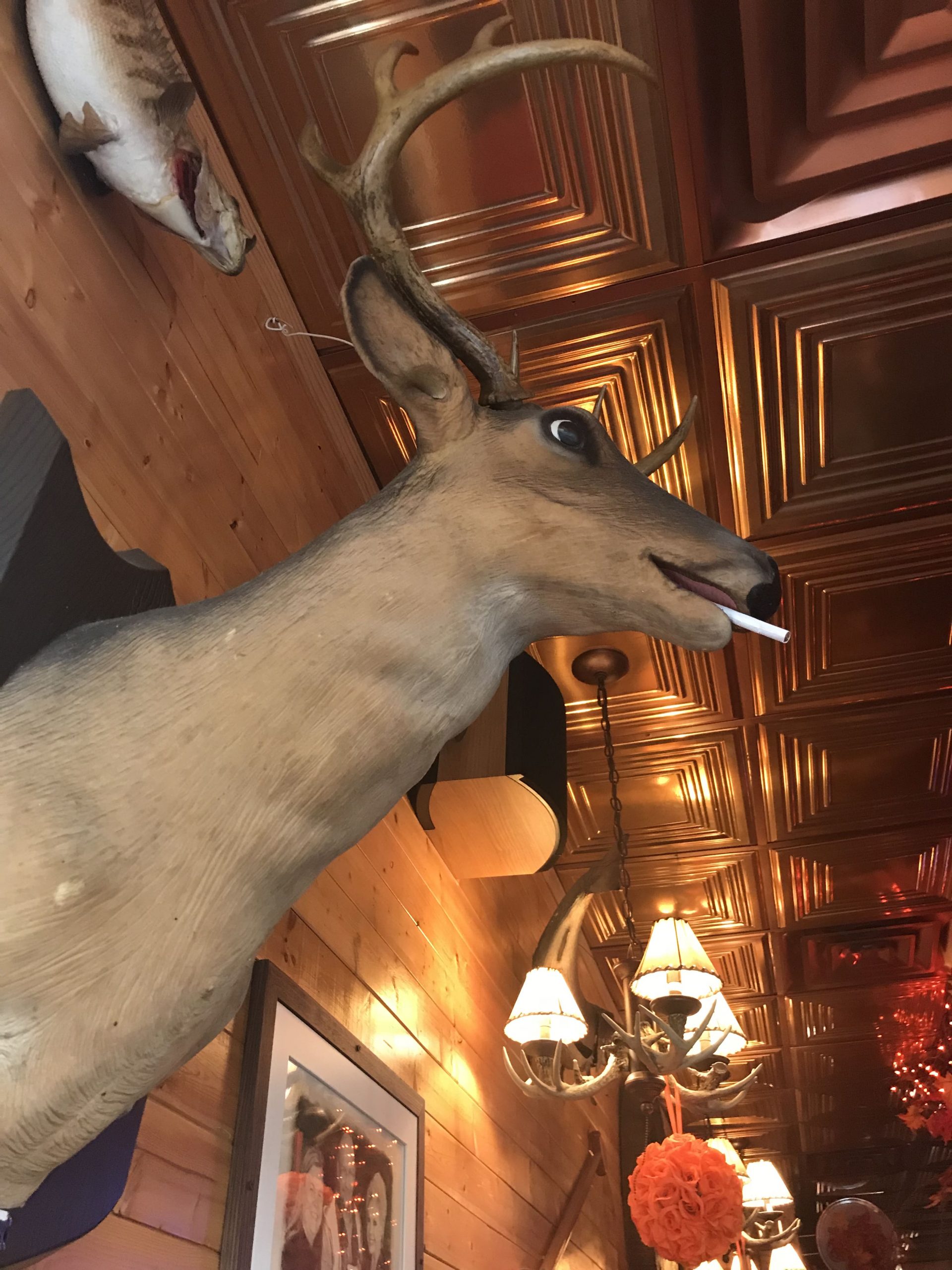“The South Side: A Portrait of Chicago and American Segregation” by local author and journalist Natalie Y. Moore tackles the thorny history and ramifications of institutional racism. Despite briefly living in Hyde Park, I knew there was a lot for me to learn. So, being the bookhound that I am, and enticed by a pull quote from writer Ta-Nehisi Coates on the cover, I picked up “The South Side” from the Chicago Public Library.
We research stories from Chicago history, architecture and culture like this while developing our live virtual tours, in-person private tours, and custom content for corporate events. You can join us to experience Chicago’s stories in-person or online. We can also create custom tours and original content about this Chicago topic and countless others.
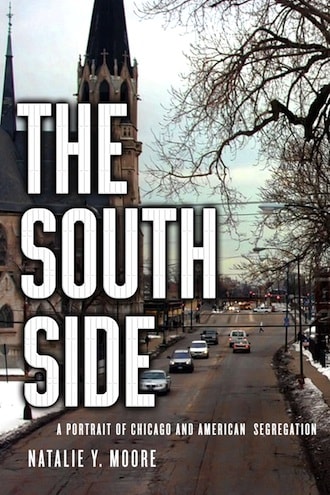
“Jim Crow in Chicago”
The most immediate challenge for Moore is explaining how the South Side became synonymous with the African-American community in Chicago. One must begin with the story of the Great Migration. Between 1916 and 1970, millions of African-Americans left the sharecropping farms and Jim Crow society of the South and headed north. The lure of industrial jobs and the flickering promise of greater social and political freedom remade the demographics of Chicago in very short order.
Tragically, the city of Chicago, along with much of the North, recreated the system of racial inequality and segregation that African-Americans had tried to leave behind in the South. For decades, the practice of redlining forced black Chicagoans into the old Black Belt. This densely-packed neighborhood centered on Bronzeville, which our custom neighborhood tours can visit. Everyone from poor emigrants in tenements to the emerging black professional class in stately grey stones. African-Americans did their best to thrive in the Black Belt. But, as the Supreme Court stated in Brown vs Board of Education, separate is inherently unequal. Exclusionary neighborhood covenant agreements and the segregationist policies of the Daley political machine kept generations of African-Americans in a state-sanctioned ghetto.
The Repercussions of Segregation on the South Side
The idea that African-Americans were excluded from white neighborhoods is not exactly ground-breaking. What makes Moore’s book so interesting is how she draws the connections between segregation and many of the ills suffered by both the black community and the city in general. For instance, she uses both data and her own personal experiences to illuminate a relatively invisible segment of Chicago’s population: the stable black middle class.
Moore recounts growing up in Chatham, a South Side neighborhood that was flipped from nearly all white residents to nearly all black due to White Flight in the 1960’s. Her childhood in Chatham was a model example of growing up in an urban environment. She and her family cared for their block, knew their neighbors, rode the bus to quality public schools, and took the ‘L’ to downtown. Quite frankly, her re-creation of the Chatham she grew up in surprised me. Tellingly, the South Side’s middle class black neighborhoods were unknown to me.
But even a neighborhood like Chatham suffered from the iniquities of segregation. Home values were much lower, due to white appraisers assuming a black neighborhood was poor and dangerous. That meant black families end up having less ability to pass an inheritance along to their kids. Some of the local pubic schools performed very poorly, so Moore was bussed to higher-performing schools in mixed-race neighborhoods. Crime was also a more consistent problem than in white neighborhoods.
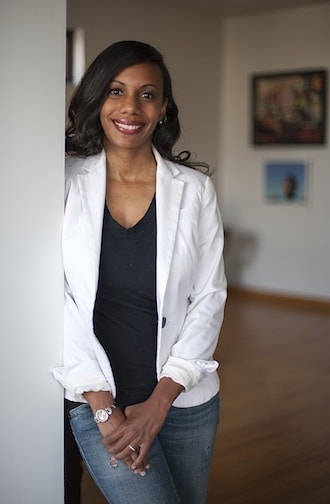
Violence on the South Side and the Myths Thereof
Of course, that last note is what both local and national media focus on in the South Side. Moore devotes an entire chapter to debunking the myths of Chiraq. She probes the sociological and legal foundations of the community’s well-publicized violence. Correctly, she notes that while there is too much violence on the South Side and the in the city generally, it is not a unique to the black community.
In her best example of this, Moore writes about going on a Chicago Crime Tour. She and the other guests rode a bus around the North Side to old Capone-era landmarks. Locals and visitors alike oohed and ahhed at the spot where Dillinger was killed and the bullet shards still embedded in Holy Name Cathedral.
(We might suggest that she join us for a private tour of downtown or the neighborhoods next time.)
She notes that this sort of violence, white violence, was seen as society’s problem and it was (mostly) resolved. Meanwhile, violence committed by African-Americans, especially gang violence, is perceived as a pathological characteristic of their race. This double standard is the tell-tale sign of racism.
The book focuses on the local and national focus on gun violence on the South Side. Moore argues that while gun violence is a scourge, the singular focus means we miss the forest for the trees. The Chicago Police Department told her that they make hundreds of thousands of domestic violence calls per year. That’s an astonishing number, but it’s not unique to Chicago or its black community. So the national and local media ignore it.
Lessons Learned?
I spent several days thinking about what I’d learned after reading “The South Side.” Moore’s account is insightful and convincing. What’s most striking is how difficult and pernicious the South Side’s issues are. There’s no quick fix for generations of segregation and discrimination. Even the election of a black man from the South Side to the White House had little tangible impact.
Maybe just knowing is half the battle. I have to apply what I learned from “The South Side” to conversations and elections regarding the South Side. It’s also been an invaluable source for us to deepen what we cover on our private tours of Chicago’s neighborhoods.
-Alex Bean, Content Manager and Tour Guide
ABOUT CHICAGO DETOURS
Chicago Detours is a boutique tour company passionate about connecting people to places and each other through the power of storytelling. We bring curious people to explore, learn and interact with Chicago’s history, architecture and culture through in-person private group tours, content production, and virtual tours.
